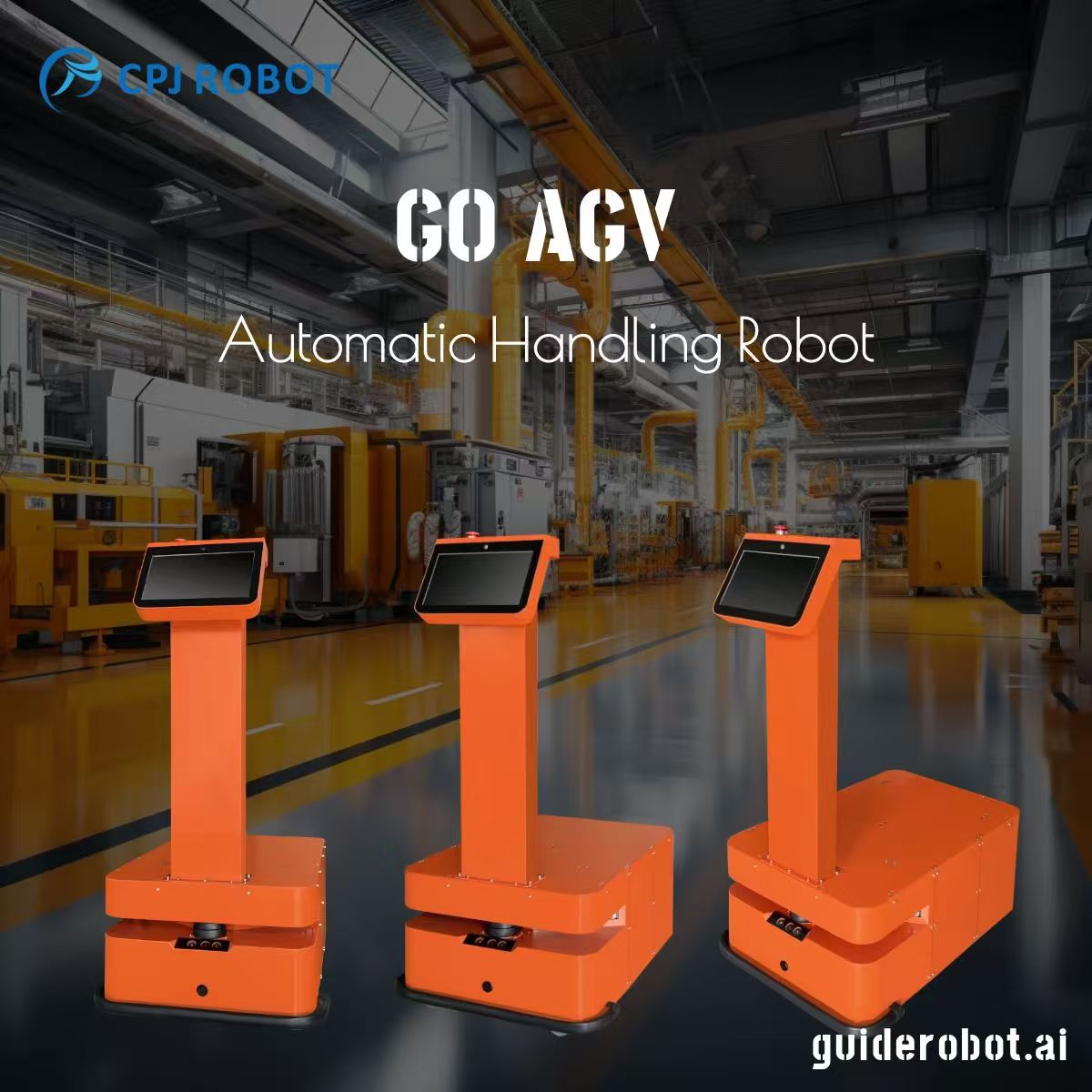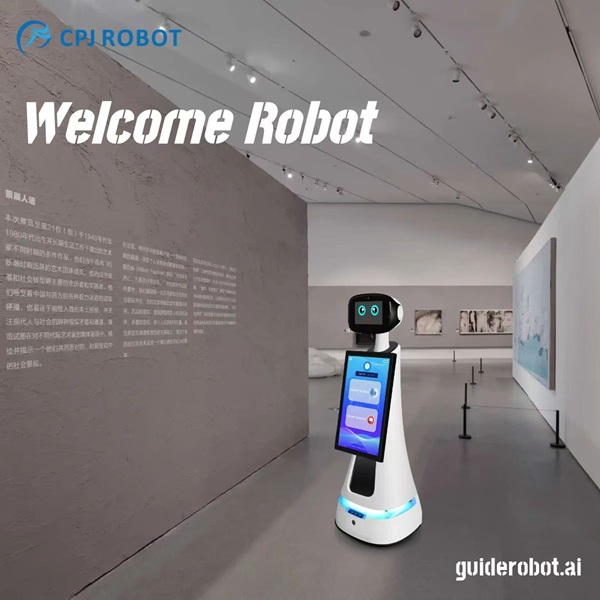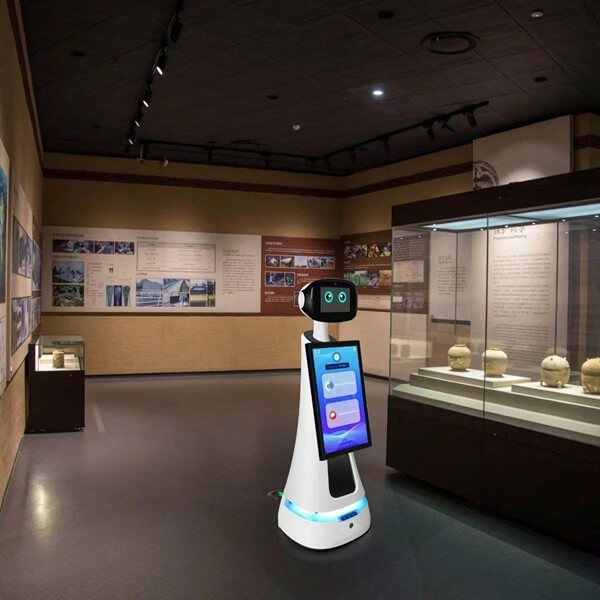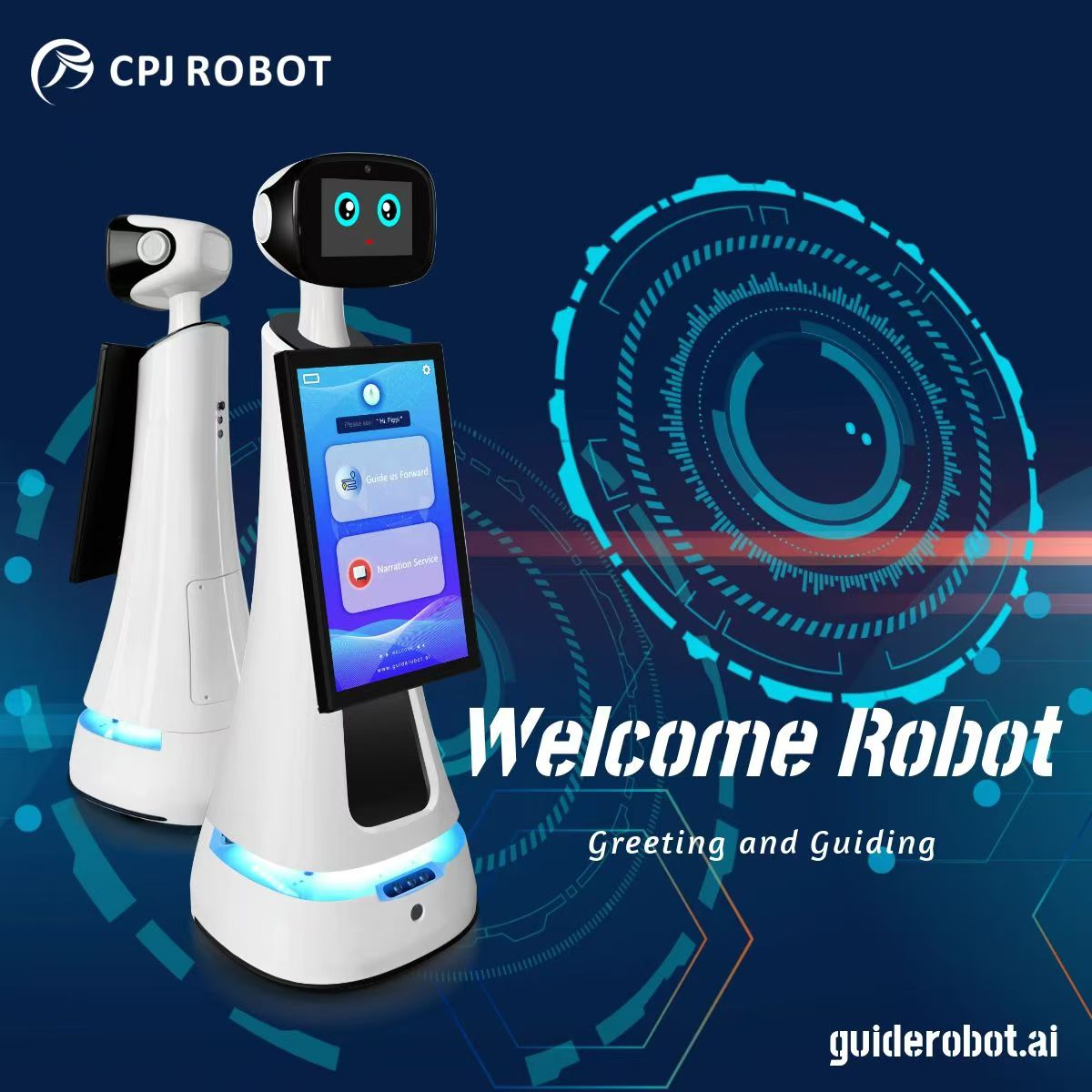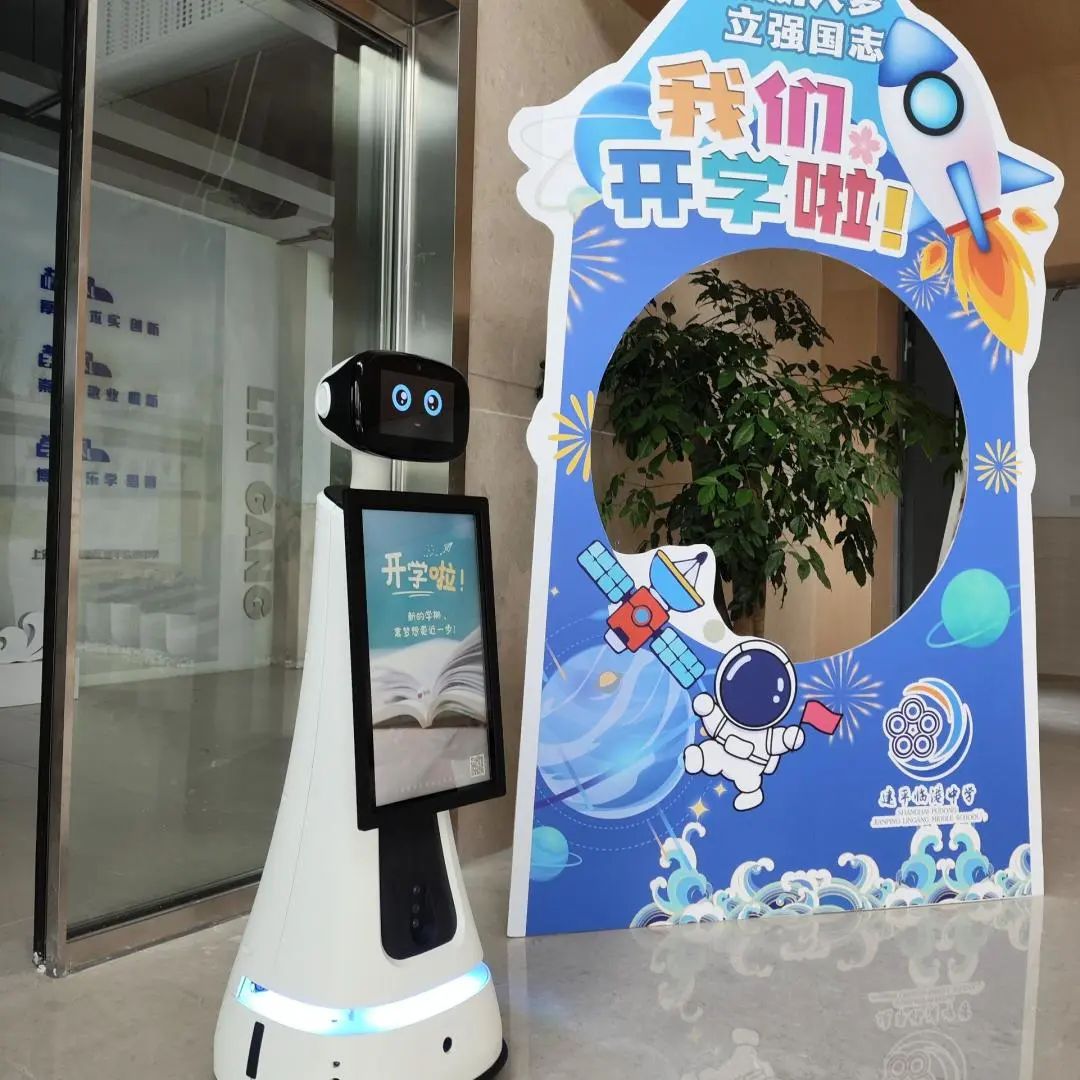Introduction
Labor shortages and rising operational costs have driven businesses to seek innovative solutions in logistics and warehousing. Automated Guided Vehicles (AGVs), especially AGV forklifts, are emerging as game-changers in industrial logistics. By integrating LiDAR technology, these advanced forklifts offer unparalleled efficiency, precision, and adaptability, making traditional manual operations obsolete.
In this blog, we’ll explore how LiDAR technology powers AGV forklifts, enabling intelligent navigation and improving operational efficiency, while meeting the evolving demands of modern warehousing and logistics.
Why LiDAR-Enabled AGV Forklifts Are Essential
The increasing complexity of warehouse operations and labor shortages make automation a necessity. LiDAR technology enhances AGV forklifts by addressing key challenges:
- Precise Positioning: Determines “Where am I?” accurately.
- Route Planning: Answers “Where do I need to go?” efficiently.
- Navigation: Solves “How do I get there?” seamlessly.
These capabilities enable AGV forklifts to handle tasks autonomously, minimizing human intervention while boosting productivity and reducing costs.
LiDAR-Powered Solutions for AGV Forklifts
1. Reflector-Based Positioning System
How It Works: This system uses LiDAR to detect reflective markers placed along the path. By emitting laser beams and capturing their reflections, the AGV forklift calculates its position and orientation with millimeter-level precision. A triangulation algorithm processes data from at least three reflectors to determine the forklift’s coordinates (x, y, θ).
Key Advantages:
- Millimeter-level accuracy
- Simple installation and maintenance
- Operates efficiently in low-light environments
- High cost-effectiveness
Reflector-based positioning is ideal for large-scale warehouses, providing flexibility and reducing reliance on ground-based infrastructure.
2. Free Navigation System with 3D SLAM
How It Works: Using 3D SLAM (Simultaneous Localization and Mapping), LiDAR enables AGV forklifts to perceive and map their environment dynamically. The system synchronizes data from encoders and sensors to construct real-time maps, allowing forklifts to:
- Navigate unknown environments
- Avoid obstacles
- Learn and optimize paths over time
Key Advantages:
- No need for pre-installed navigation aids
- Real-time adaptability to new routes
- Enhanced safety with obstacle detection
- Ideal for retrofitting existing warehouses
Free navigation systems are highly versatile, ensuring smooth operations even in dynamic, unpredictable environments.
The Impact of AGV Forklifts on Warehousing
The adoption of AGV forklifts is transforming logistics by addressing common inefficiencies:
- Enhanced Efficiency: Automates repetitive tasks, reducing manual errors.
- Cost Savings: Lowers labor costs and minimizes downtime.
- Scalability: Adapts easily to warehouse expansions or layout changes.
- Safety: Reduces workplace accidents through advanced obstacle detection.
The Future of Logistics: Intelligent Warehousing
As industries strive for greater efficiency, the integration of LiDAR-enabled AGV forklifts will become the standard in warehousing and logistics. These robots’ ability to automate complex tasks, adapt to new challenges, and reduce dependency on human labor positions them as the future of industrial logistics.
With continuous advancements in AI, multi-sensor fusion, and navigation technologies, AGV forklifts will play a pivotal role in creating fully autonomous, intelligent warehouses that meet the demands of tomorrow’s economy.
Conclusion
LiDAR-enabled AGV forklifts are not just tools but transformative solutions that enhance warehouse operations. By addressing labor shortages, optimizing efficiency, and adapting to diverse environments, these forklifts empower businesses to remain competitive in an evolving market.
Start your journey towards smarter warehousing today. Contact us to learn how our innovative solutions can revolutionize your logistics operations.
Keywords: LiDAR, AGV Forklift, Intelligent Warehousing, Logistics Automation, Reflector-Based Navigation, 3D SLAM, Autonomous Navigation, Smart Warehousing
